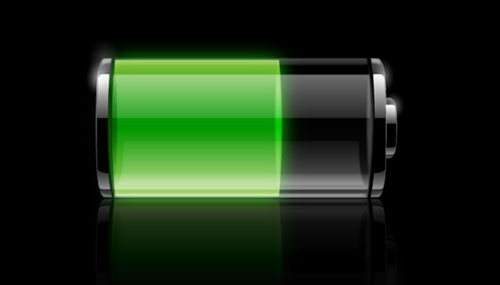
The main problem with both wind and solar energy is not their cost (which is falling satisfactorily with every passing year) but their intermittency. Supplying power to the grid when the air is calm or the sun below the horizon means storing a surplus when the day is blustery and the sun is up. And, at the moment, this is expensive.
Cheap and abundant materials for making batteries, though, might change that. Which is why a paper in this week’s Science, by Grzegorz Milczarek of Poznan University of Technology, in Poland, and Olle Inganas of Linköping University, in Sweden, may prove important. For these two researchers propose making one of a battery’s three components, its cathode, out of the waste from paper mills.
A battery — any battery — consists of two electrodes (an anode and a cathode) and an electrolyte. Current, in the form of positive ions such as protons (the nuclei of hydrogen atoms), flows through the electrolyte from anode to cathode while a balancing current of electrons, which are negatively charged, makes the same journey via an external circuit. The electrons can be employed, before they return to the battery, to do useful work. To recharge the battery, electrons are pushed in the other direction by (say) the current from a solar cell and the ions are thus drawn back whence they came.
Electrolytes are often made of simple, abundant (and therefore cheap) chemicals. The electrodes, however, are not. They usually require metals (lead, zinc, nickel or lithium, for example) whose cost renders so-called grid-scale batteries prohibitively expensive. Making cheaper electrodes would be a big step towards grid-scale batteries and that is what, in the case of the cathode, Milczarek and Inganas hope they have done.
A good cathode material must be capable of receiving and storing charge, in the form of positive ions and electrons, in large amounts. Lignin, one of the two main components of wood, can be modified to do just that. And lignin is cheap. Paper is made mainly of cellulose, the other component of wood, so the effluent from paper mills, known as black or brown liquor, is mainly water and lignin.
The reason Milczarek and Inganas thought lignin molecules suitable for cathodes was that they are rich in chemical groups called phenols, and phenols are easily turned into related groups called quinones. It is these quinones that are the crucial components. In combination with a second type of chemical called a polypyrrole, they provide just the sort of electron and proton receptors a cathode requires. Polypyrroles are not as cheap as lignin, but compared with metals they are not expensive.
And so it proved. The two researchers’ measurements suggest the lignin-polypyrrole combination does, indeed, make an effective cathode, able to store a lot of charge.
These are early days, obviously. But if someone could now come up with an equally cheap anode, the age of the wooden battery — and with it the age of reliable, always-on alternative energy — might yet dawn. — (c) 2012 The Economist![]()
- Subscribe to our free daily newsletter
- Follow us on Twitter or on Google+ or on Facebook
- Visit our sister website, SportsCentral (still in beta)

